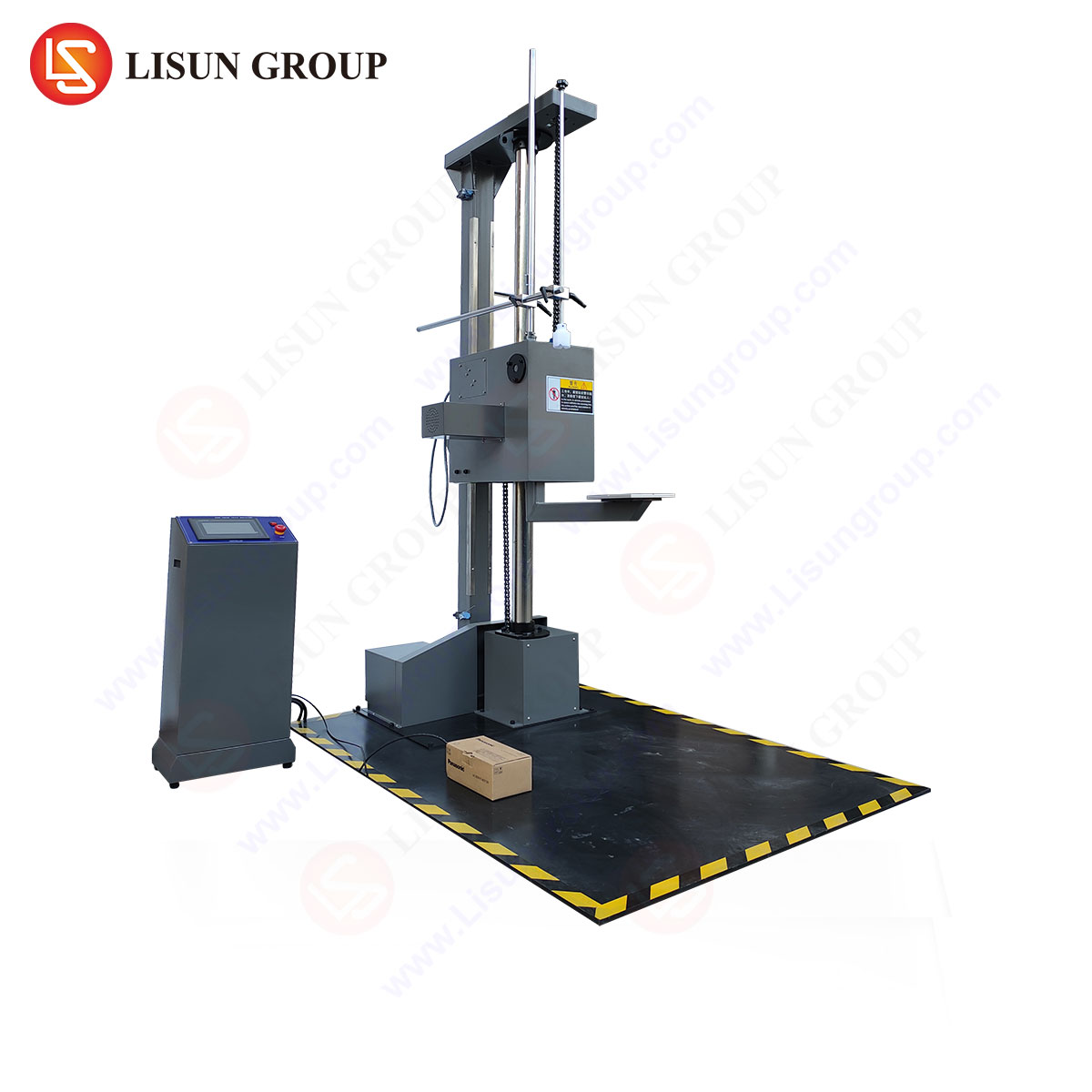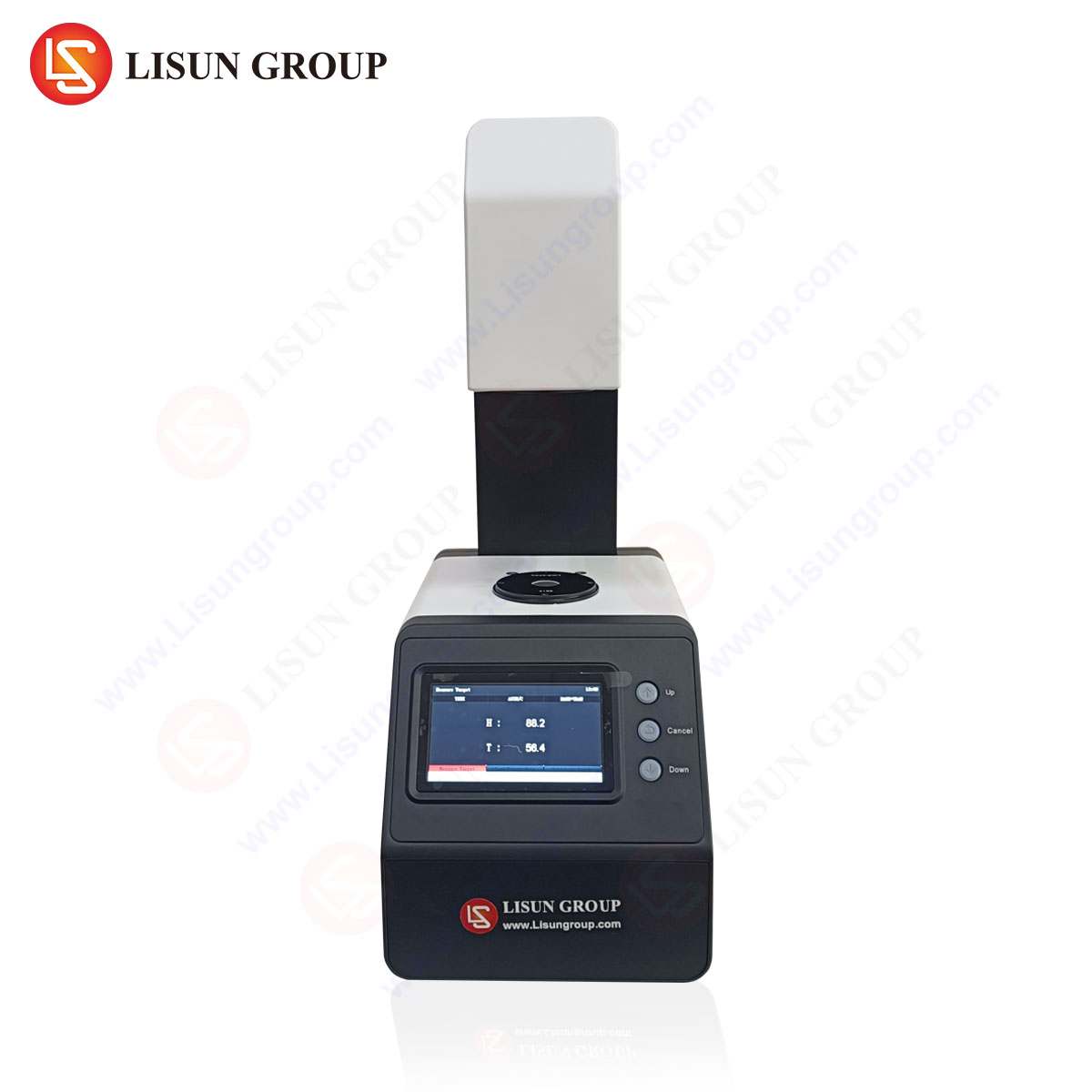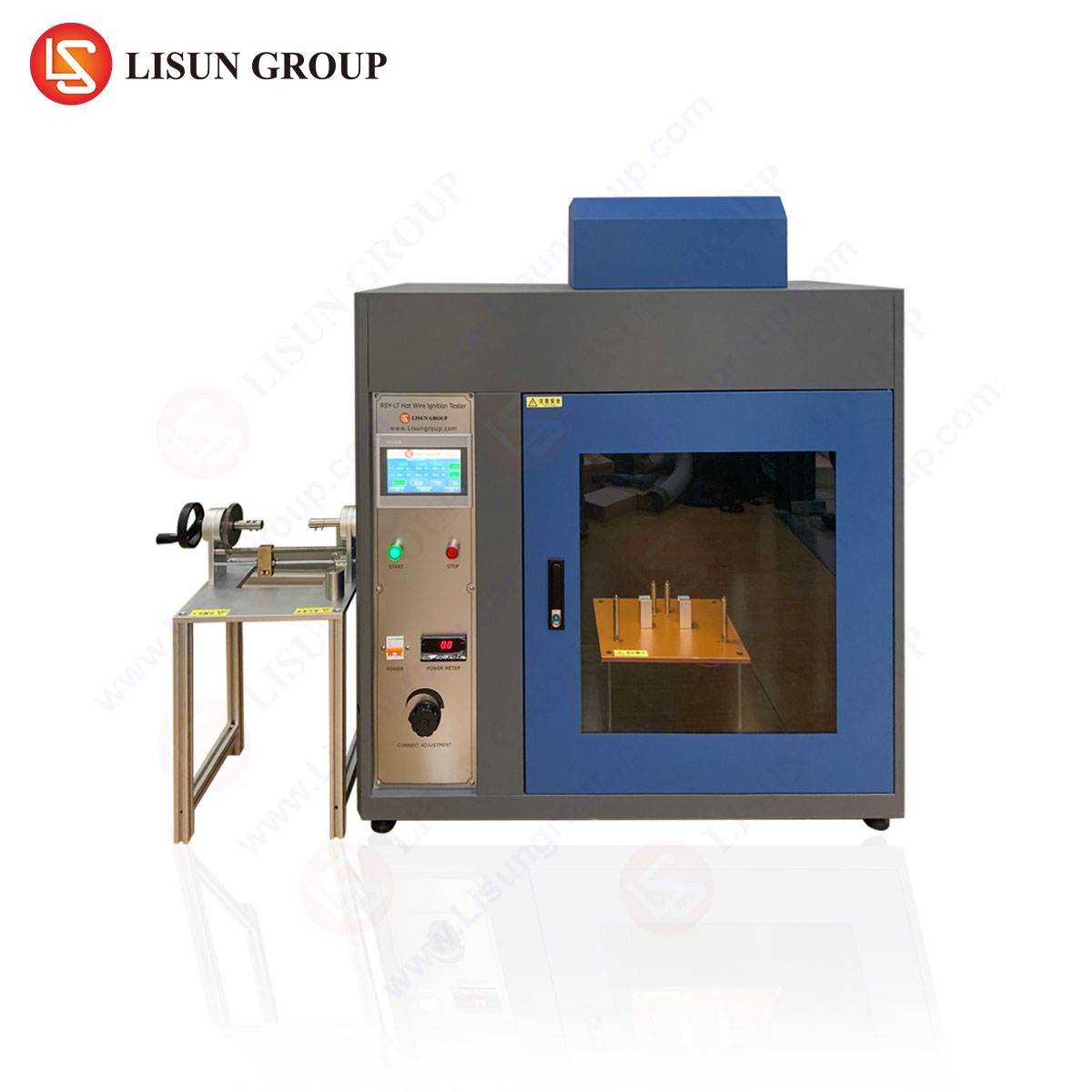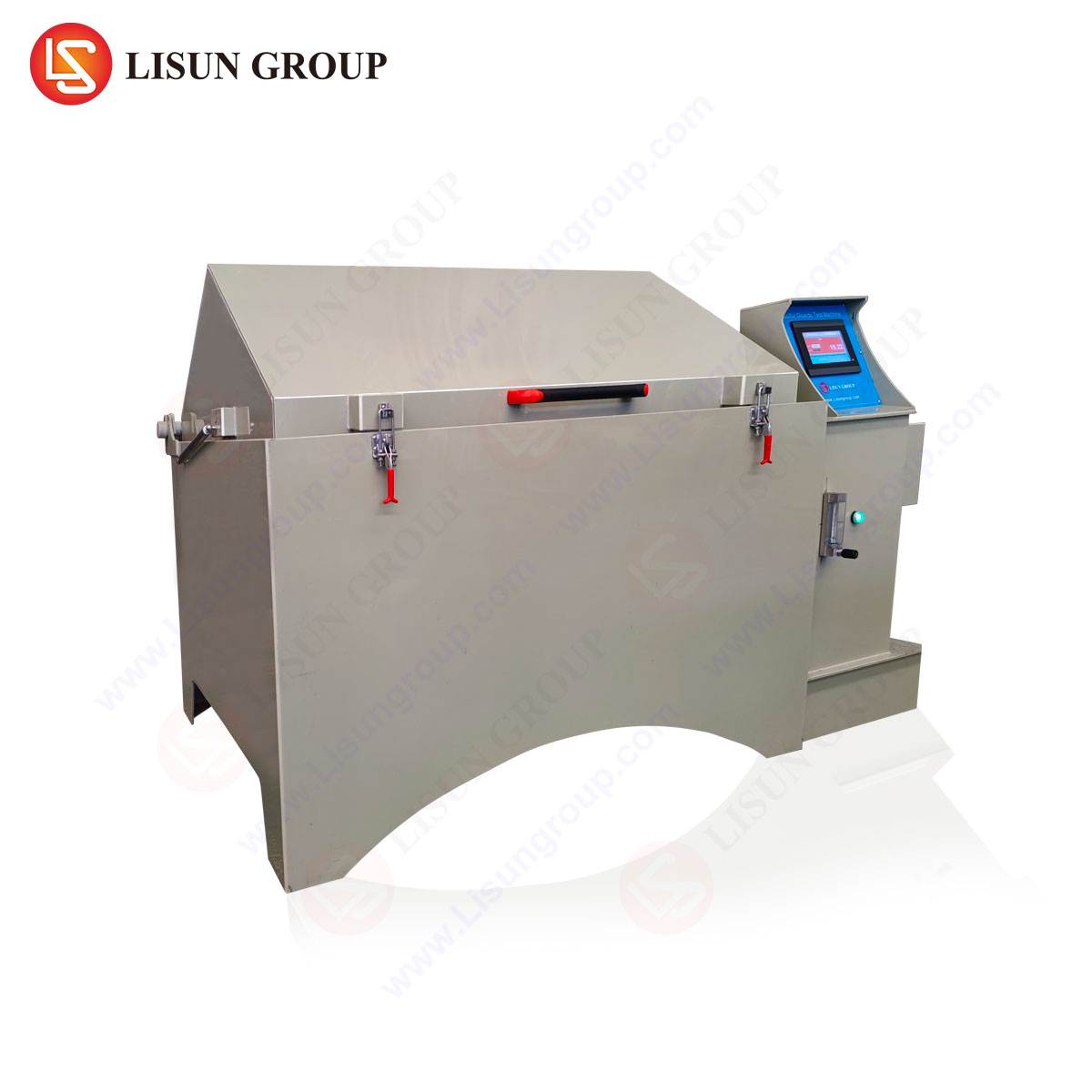Evaluating Flame Propagation in Single Vertical Insulated Wires: The IEC 60332-1 Standard
Introduction to Flame Retardancy in Wire and Cable Systems
The proliferation of electrical and electronic equipment across diverse sectors—from household appliances and automotive electronics to aerospace components and industrial control systems—has elevated the importance of fire safety to a paramount concern. The cables and wires that form the nervous system of this equipment are potential pathways for flame propagation in the event of an electrical fault or external ignition source. Consequently, international standards have been developed to rigorously assess the flame retardant properties of these materials. Among these, the IEC 60332-1 standard, titled “Tests on electric and optical fibre cables under fire conditions – Test for vertical flame propagation for a single insulated wire or cable,” provides a fundamental and widely recognized methodology. This test establishes a baseline performance criterion, verifying that a single vertical insulated wire or cable will not propagate flame excessively when exposed to a defined propane flame source. Its application is critical for manufacturers and specifiers in telecommunications, medical devices, office equipment, and consumer electronics, ensuring a foundational level of safety in the component’s material composition.
Defining the Scope and Application of IEC 60332-1
IEC 60332-1 is specifically designed for the testing of single insulated wires or cables with a small overall diameter, typically not exceeding a specified threshold. Its primary objective is to determine the tendency of a specimen to inhibit flame propagation once the ignition source is removed. The test does not assess the cable’s ability to function during a fire, nor does it evaluate factors like smoke density, toxicity of combustion gases, or corrosivity. Instead, it provides a pass/fail criterion based on the extent of charred or damaged material post-test. This makes it a crucial quality control and material screening tool. Components such as internal wiring for switches and sockets, internal harnesses for lighting fixtures, and data cables within telecommunications equipment are frequently subjected to this test. Compliance with IEC 60332-1 indicates that the insulating and sheathing materials have been formulated to resist burning, thereby containing a fire at its point of origin and preventing it from traveling along the cable to other parts of an assembly.
Apparatus and Calibration Requirements for the Test
The integrity of the IEC 60332-1 test is contingent upon the precision and consistency of the apparatus used. The test chamber must be of sufficient size to allow for unimpeded airflow and must be constructed from heat-resistant material. A critical component is the burner, which utilizes a propane gas supply to produce a nominally 1 kW flame. The burner is positioned at a 45-degree angle and must be calibrated prior to testing to ensure the flame temperature meets the standard’s stringent requirements. This is typically verified using a calibrated thermocouple. The specimen is held vertically in a clamp arrangement, with a standardized wire gauge positioned a specific distance below it to aid in the visual confirmation of flame application. A wind shield surrounds the test setup to prevent drafts from influencing the flame. The meticulous calibration of this apparatus, particularly the gas flow rate and burner position, is non-negotiable for obtaining reproducible and comparable results across different testing laboratories and product batches.
The LISUN RSB-WC Wire Cable Flame Tester: A Technical Overview
For laboratories requiring reliable and compliant testing equipment, the LISUN RSB-WC Wire Cable Flame Tester is engineered to meet the exacting specifications of the IEC 60332-1 standard, among others. This instrument embodies the principles of precision and repeatability required for formal certification processes. Its construction features a robust metal cabinet with a transparent observation window, allowing for safe monitoring of the test procedure. The core of the RSB-WC system is its high-precision methane or propane burner, whose flow is regulated by a sensitive flow meter and pressure-stabilizing valve to maintain the consistent 1 kW flame output. The specimen clamp is designed for secure vertical mounting, minimizing specimen movement during flame application. An integrated automatic timing system controls the duration of flame exposure and records the after-flame and after-glow times with digital accuracy, eliminating operator error.
Table 1: Key Specifications of the LISUN RSB-WC Wire Cable Flame Tester
| Parameter | Specification |
| :— | :— |
| Applicable Standards | IEC 60332-1-2, GB/T 18380.11, BS EN 60332-1-2 |
| Burner Type | High-precision, pre-mixed chamber burner |
| Test Flame | Nominal 1 kW (propane/methane) |
| Flame Calibration | 100°-700°C (via calibrated thermocouple) |
| Timing Range | 0 ~ 99 min 99 s, adjustable |
| Specimen Size | Length: 600 ~ 1000 mm (or as per standard) |
| Ignition Time Control | Automatic digital timer |
The competitive advantages of the RSB-WC lie in its calibration stability, user-safe operation, and data integrity. Its use cases span the validation of wiring for automotive electronics, where space is confined and flame propagation risk is high, to the qualification of internal cables for medical devices and aerospace components, where material performance cannot be compromised. By providing a controlled and repeatable testing environment, the LISUN RSB-WC enables manufacturers to confidently verify that their products meet the necessary international safety benchmarks.
Procedural Execution: Specimen Preparation and Mounting
The testing procedure commences with the careful preparation of the specimen. A minimum of three specimens, each of a specified length, are conditioned at a standard temperature and humidity for a set period prior to testing to ensure consistent moisture content. Any external contaminants that could influence burning characteristics must be removed. The specimen is then straightened and mounted vertically in the center of the test chamber using the upper fixed clamp. A weight is attached to the lower end of the specimen to ensure it remains taut and straight throughout the test, simulating a realistic installed condition. The vertical alignment is critical; any deviation can cause uneven heating and invalidate the results. The standardized wire gauge is positioned precisely 50 mm below the lower edge of the upper clamp, serving as a visual reference to confirm that the tip of the blue inner cone of the burner flame is correctly applied to the specimen.
Flame Application and Critical Observation Phases
With the specimen securely mounted, the calibrated burner is ignited and allowed to stabilize. The burner is then moved into position so that the tip of the blue inner cone touches the specimen at the predetermined point. The automatic timer is started simultaneously. The flame is applied vertically to the specimen for a fixed duration, typically 60 seconds. During this period, the operator observes the behavior of the specimen, noting any immediate ignition, melting, or dripping of material. After the prescribed application time, the burner is retracted to a distance of at least 150 mm from the specimen, and the timer continues to run. The subsequent phase involves measuring the “after-flame time,” which is the duration for which the specimen continues to flame after the removal of the burner. Once any flames extinguish, the “after-glow time,” the period of incandescence without flame, may also be recorded. These timings are crucial quantitative metrics in the evaluation.
Post-Test Analysis and Pass/Fail Criteria Determination
Following the complete cessation of both flame and glow, the specimen is allowed to cool. The critical measurement is then taken: the extent of charred or damaged material on the specimen. This is done by carefully examining the cable and measuring the distance from the original point of flame application to the farthest point of visible charring or material destruction at the top of the specimen. A similar measurement may be taken downward. The test is considered a failure if the damaged portion extends to within a specified distance of the upper clamp or if the specimen burns completely. Furthermore, any presence of burning droplets that ignite a layer of surgical cotton placed below the test setup can also constitute a failure. A passing result confirms that the material’s composition effectively limited the damage to a confined area, a property essential for cables used in densely packed electrical components and industrial control systems where a single point of failure must not cascade.
Material Science Implications of Test Performance
The performance of a wire or cable in the IEC 60332-1 test is a direct reflection of its material science. Insulation and sheathing compounds are typically based on polymers like Polyvinyl Chloride (PVC), Polyethylene (PE), or Flame-Retardant (FR) variations. These FR compounds are engineered with additives such as aluminum trihydrate (ATH) or magnesium hydroxide, which function through endothermic decomposition. When heated, these additives release water vapor, which dilutes combustible gases and cools the substrate, thereby inhibiting sustained combustion. Halogenated compounds can interfere with the free radical chemistry of the flame itself. The test, therefore, does not merely assess a finished product but validates the efficacy of the underlying polymer formulation. This is particularly critical in consumer electronics and lighting fixtures, where aesthetic and functional design often pushes the limits of material thickness, demanding superior flame-retardant efficiency from a smaller mass of material.
Integration of IEC 60332-1 in Broader Product Safety Frameworks
While IEC 60332-1 is a critical standalone test, its true value is realized when integrated into a broader product safety and compliance framework. A cable that passes this test may be a component in a larger assembly, such as a household appliance or a piece of office equipment, which is itself subject to other safety standards (e.g., IEC 62368-1 for audio/video and IT equipment). The flame retardancy of the internal wiring contributes directly to the overall fire safety rating of the end product. Furthermore, for more demanding applications, such as in aerospace and aviation components or large-scale cable runs in telecommunications central offices, more severe tests like IEC 60332-3 (category A, B, or C for bunched cables) may be required. In this context, IEC 60332-1 serves as the foundational first step, ensuring that the base material possesses inherent flame-retardant properties before it is assembled into configurations that are tested under more strenuous conditions.
FAQs on the IEC 60332-1 Test and the LISUN RSB-WC Tester
Q1: What is the primary difference between IEC 60332-1 and IEC 60332-3?
IEC 60332-1 assesses the flame propagation of a single vertical insulated wire or cable. In contrast, IEC 60332-3 is designed for testing bunched cables installed vertically in a ladder or tray configuration, simulating a real-world installation with multiple cables grouped together. The latter represents a more severe fire scenario and requires a larger, more powerful flame source.
Q2: Can the LISUN RSB-WC tester be used for standards other than IEC 60332-1?
Yes, the LISUN RSB-WC is a versatile platform. While it is precisely calibrated for IEC 60332-1, it can often be configured to perform other single-flame wire tests, such as those outlined in UL 1581 (VW-1) or certain clauses of ISO 6722 for automotive cables, provided the flame power and test geometry requirements are compatible. Users should consult the technical manual for specific configurations.
Q3: How often does the burner on a flame tester like the RSB-WC require calibration?
Calibration frequency is dictated by usage and laboratory quality procedures, but it is generally recommended before a new series of tests or at regular intervals (e.g., monthly in a high-use lab). The calibration involves verifying the temperature of the flame using a calibrated thermocouple and adjusting the gas flow to ensure the specified temperature is achieved at a fixed distance from the burner tip.
Q4: What does a “pass” in IEC 60332-1 actually indicate for my product’s safety?
A “pass” indicates that under the controlled conditions of the test, the insulated wire or cable demonstrated an acceptable level of resistance to vertical flame propagation. It confirms that the material will not act as a significant fuse-wick to spread fire from a localized ignition source. This is a fundamental safety characteristic, but it does not imply the cable is fireproof or will maintain operability during a fire.
Q5: Why is the observation of burning droplets critical in this test?
Burning droplets are a significant secondary fire hazard. A molten, flaming piece of insulation can fall from the cable and ignite other combustible materials below it, such as other cables, circuit boards, or plastic enclosures in electrical components. The test criteria that fail a specimen producing igniting droplets are designed to mitigate this risk of fire spread to adjacent, non-involved components.






